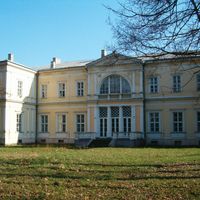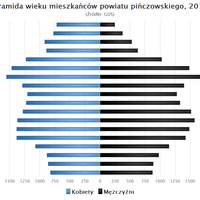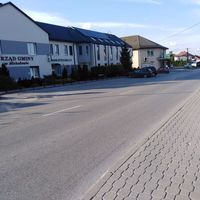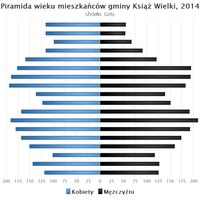Wodzisław County
6.5
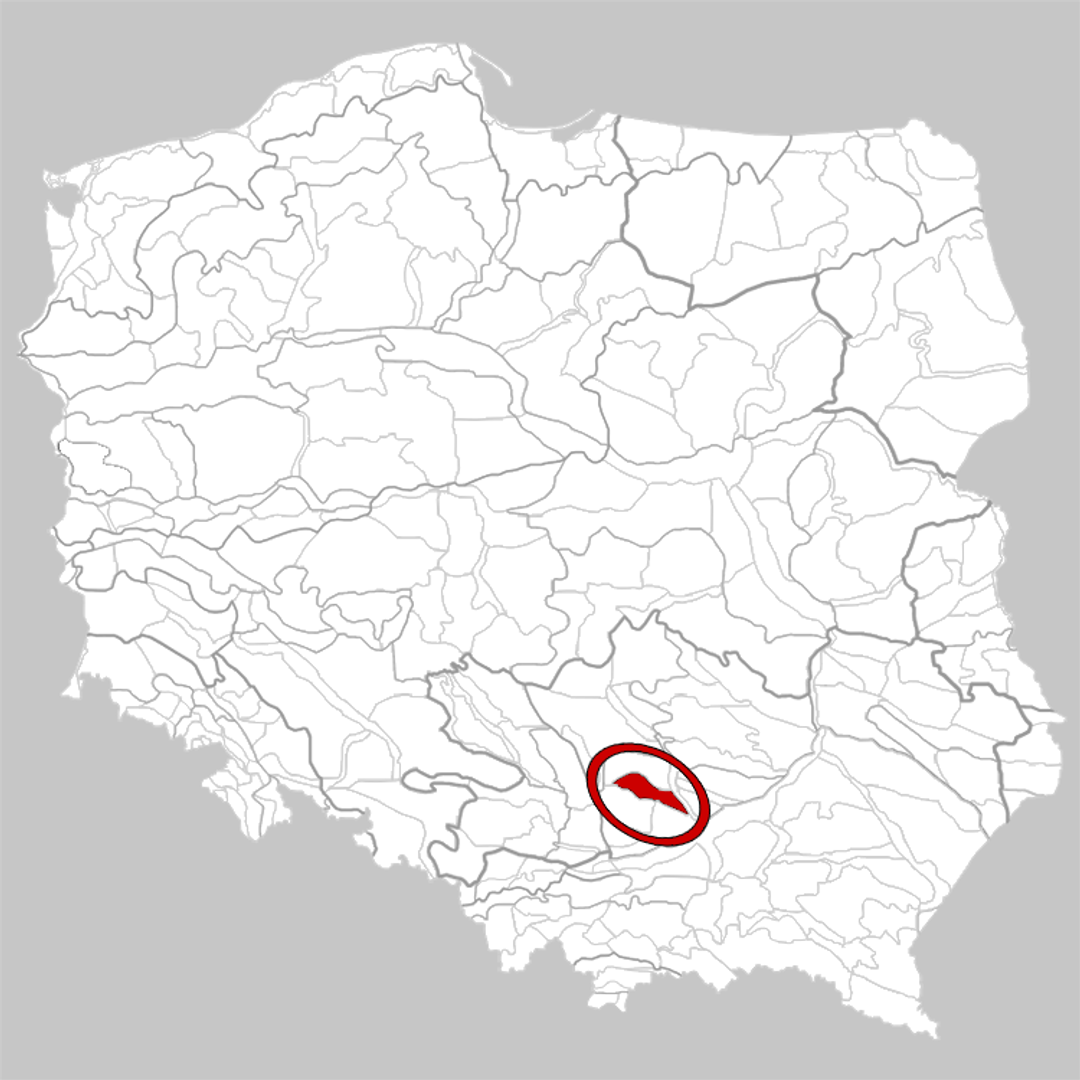
Overview
The Wodzisław Hummock is a range of hills approximately 40 km long and 10 km wide, located in the Nida Basin in Poland. It is bounded by the valleys of the Mierzawa and Nida rivers to the north and east, and by the Nidzica valley to the southwest. The terrain of the Hummock features significant elevation differences, with the highest point reaching 368 meters above sea level in the west and the lowest point near the Nida valley at 261 meters above sea level. Geologically, the Hummock is composed of Cretaceous marl, and its eastern part is covered with loess. This area is characterized by numerous gullies and ravines, giving it a unique landscape. Although agriculture predominates here, the northeastern part of the Hummock has retained many forests, enriching local biodiversity.
The name "Garb" (Hummock) derives from the town of Wodzisław, reflecting the historical connection of this area with the nearby community. This region has been and continues to be an important area for local communities, with its landscape and natural environment influencing the lives of its inhabitants. The Wodzisław Hummock is not only an interesting site for geography and nature researchers but also for those interested in the history and culture of the region. Its natural attractions draw tourists and hiking enthusiasts, and the numerous gullies and ravines offer opportunities for exploration. This makes the Wodzisław Hummock a fascinating destination not only for its natural features but also for its cultural significance.
Location
2025 Wizytor | All Rights Reserved

